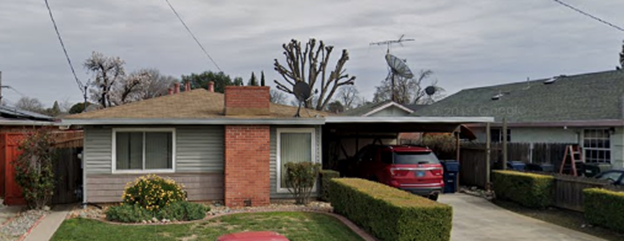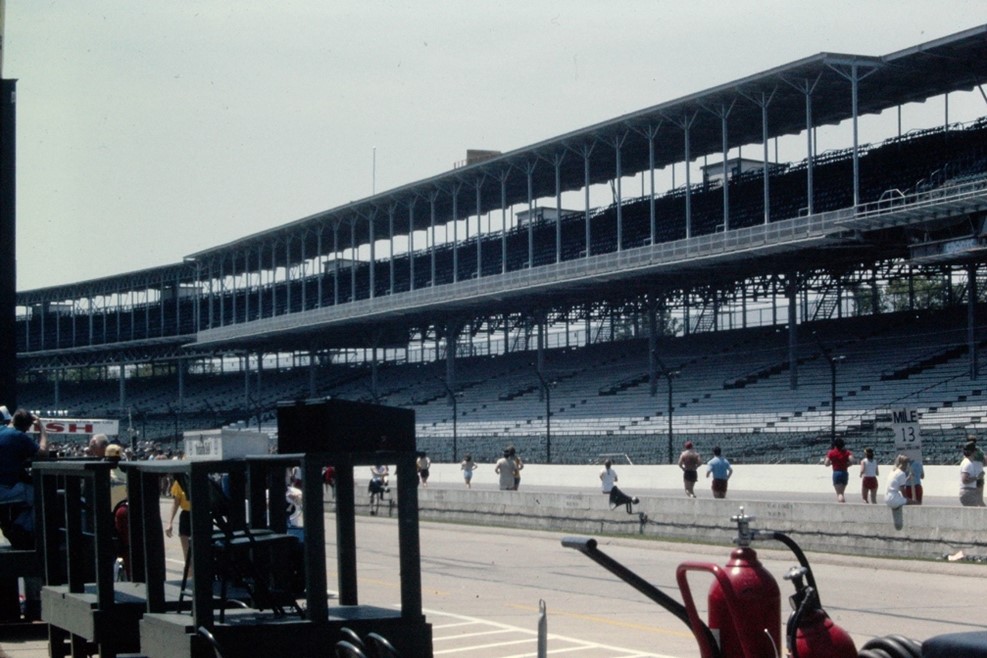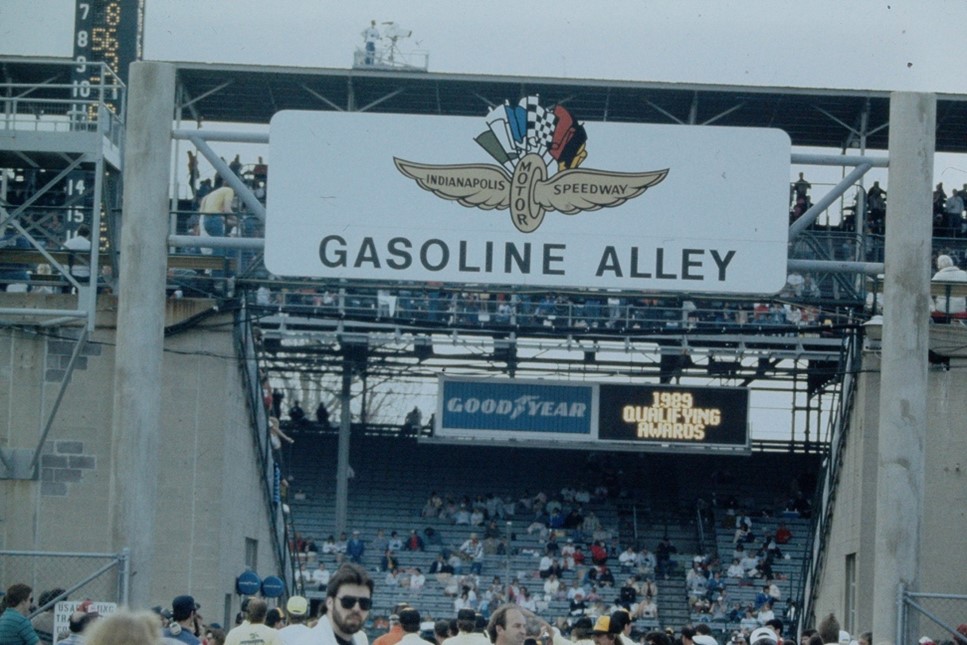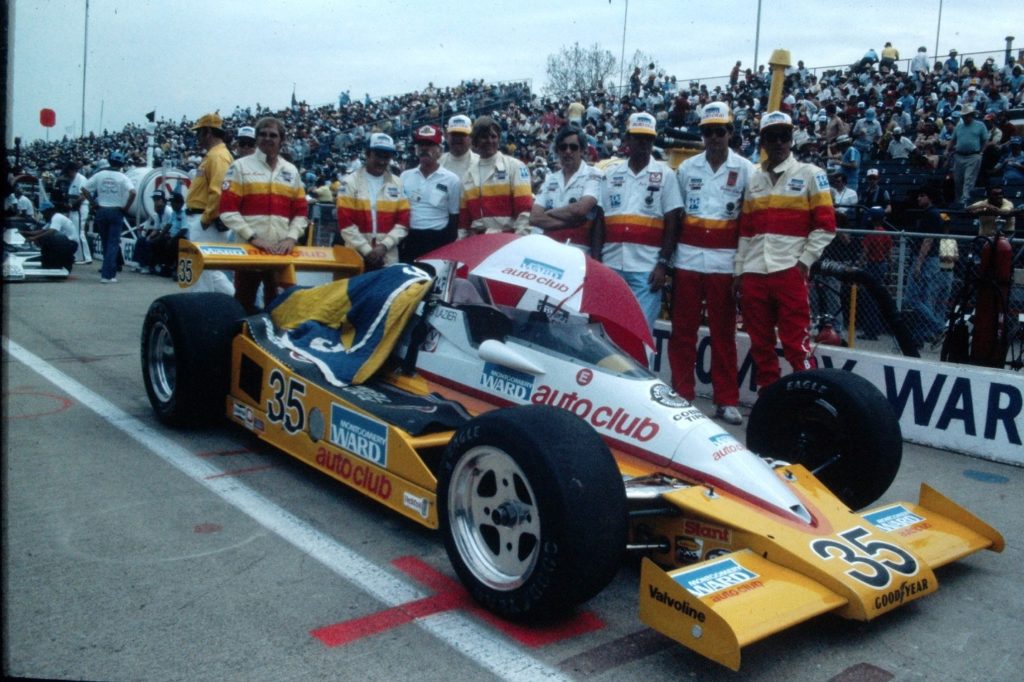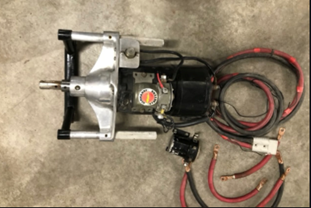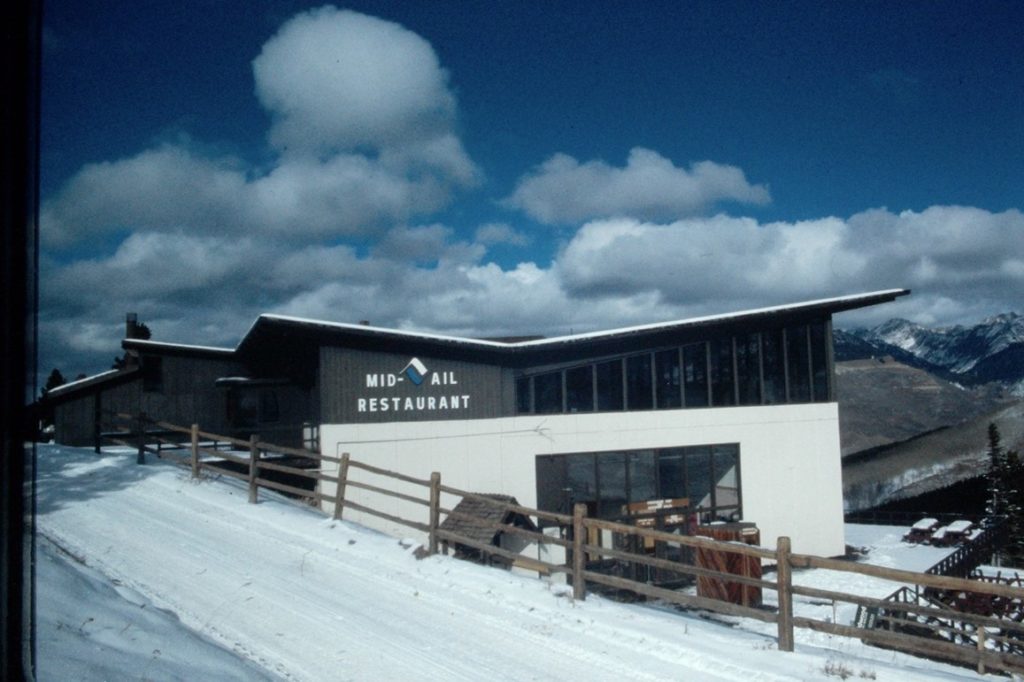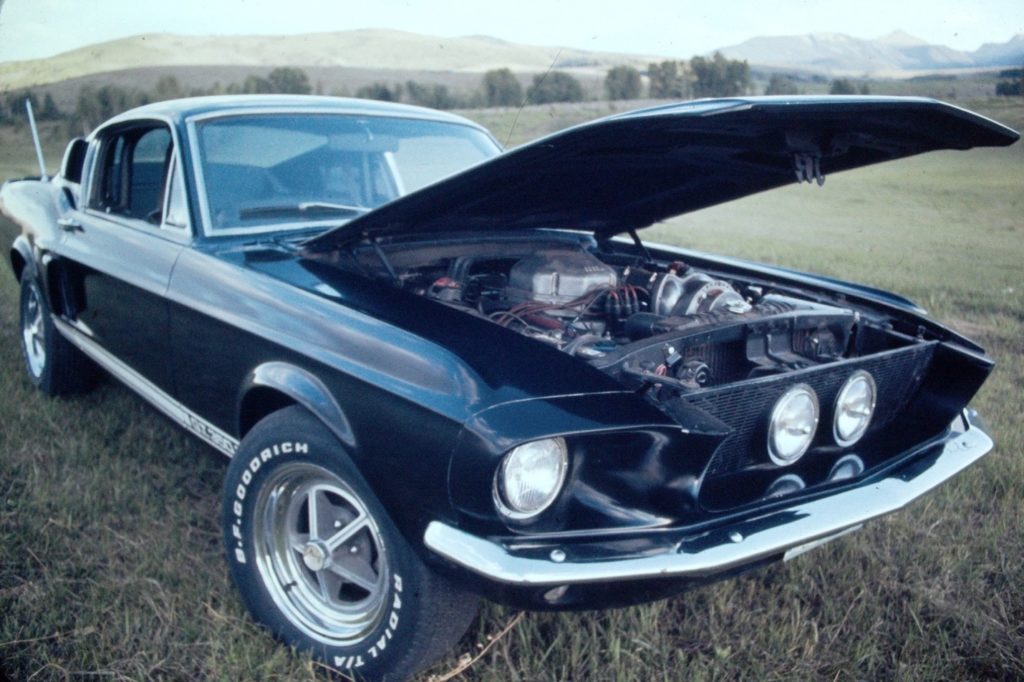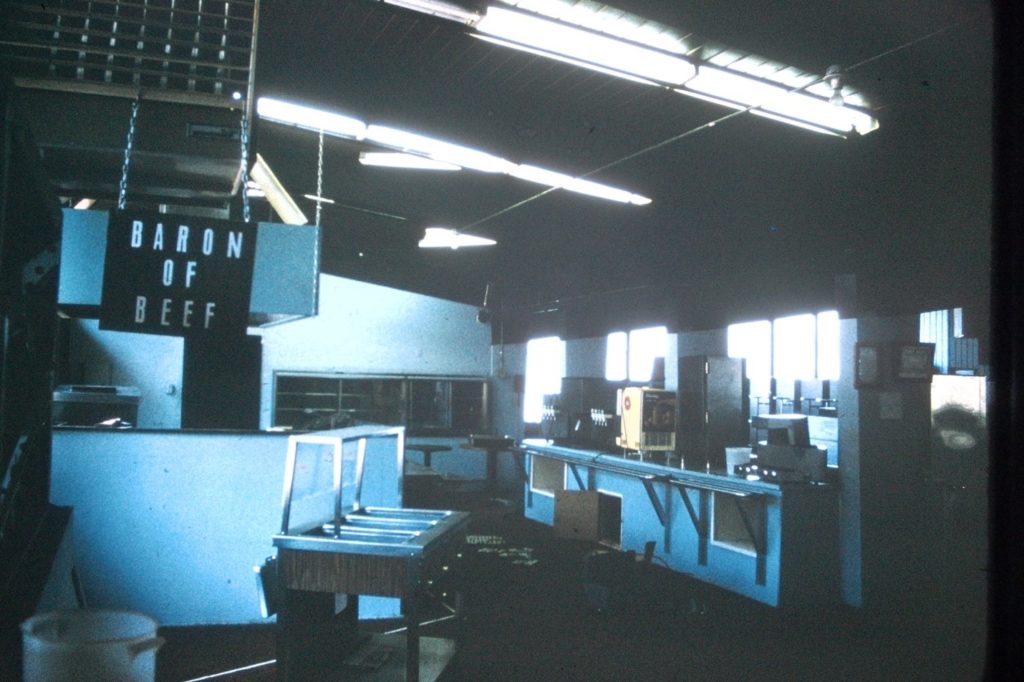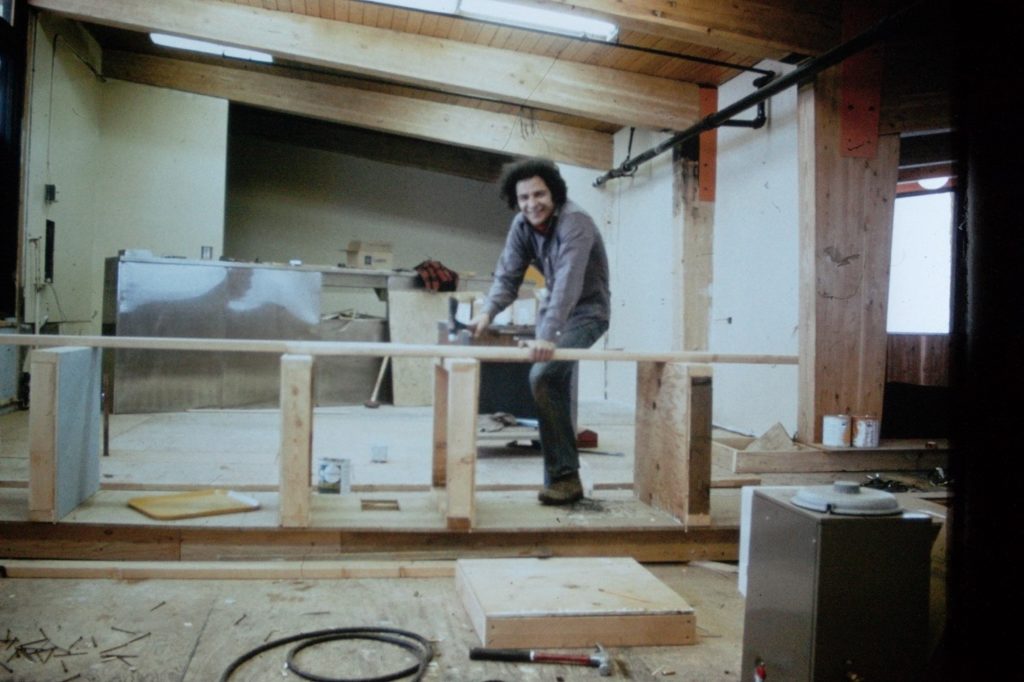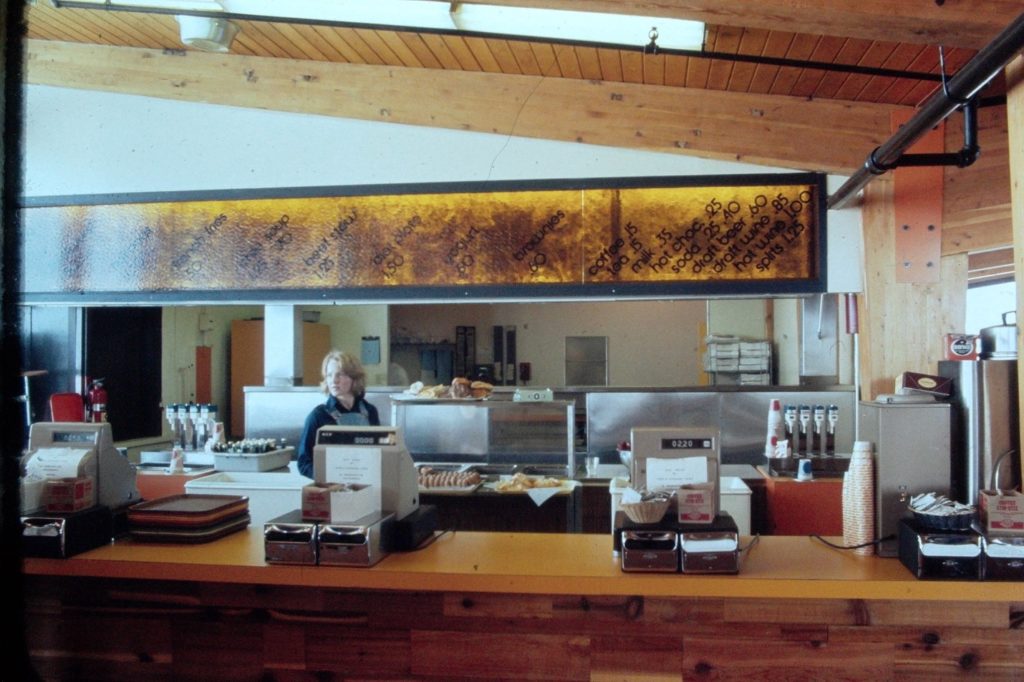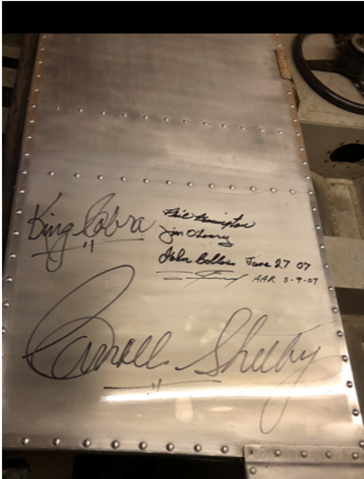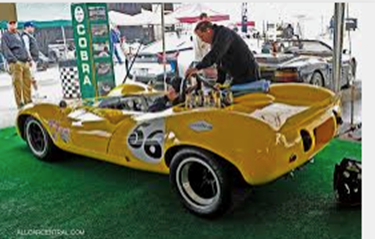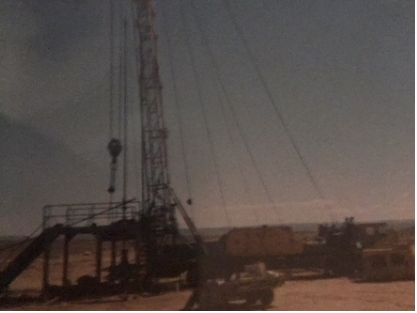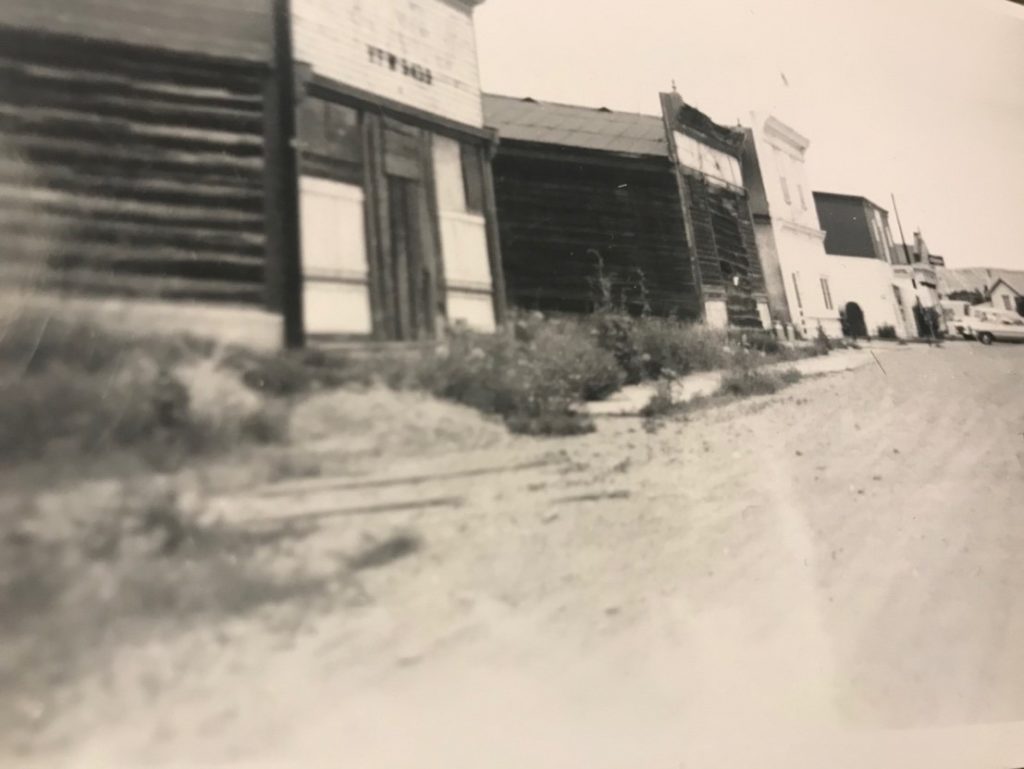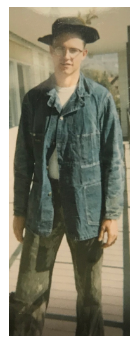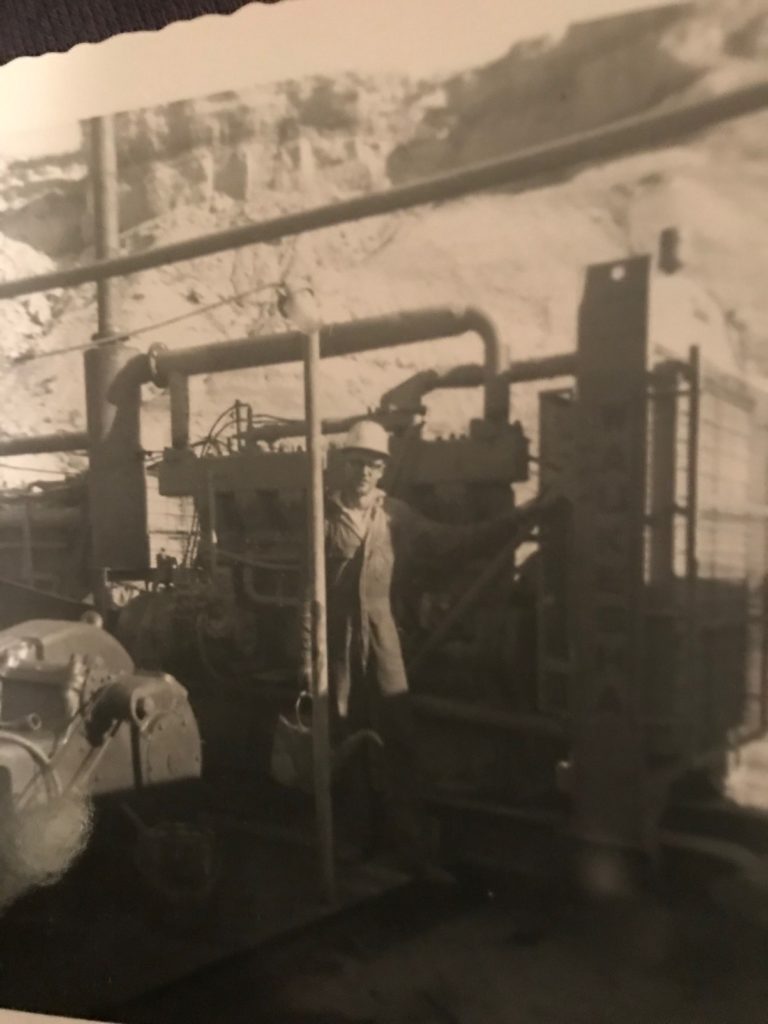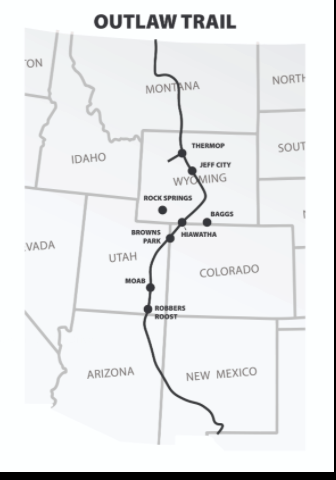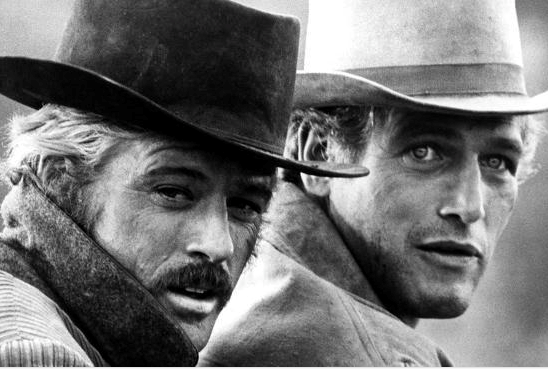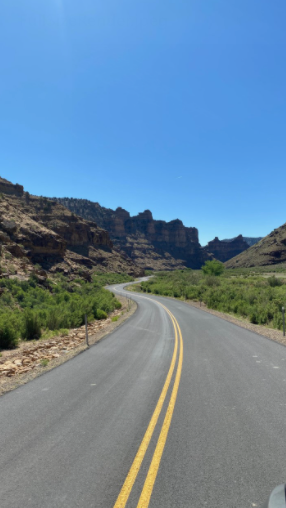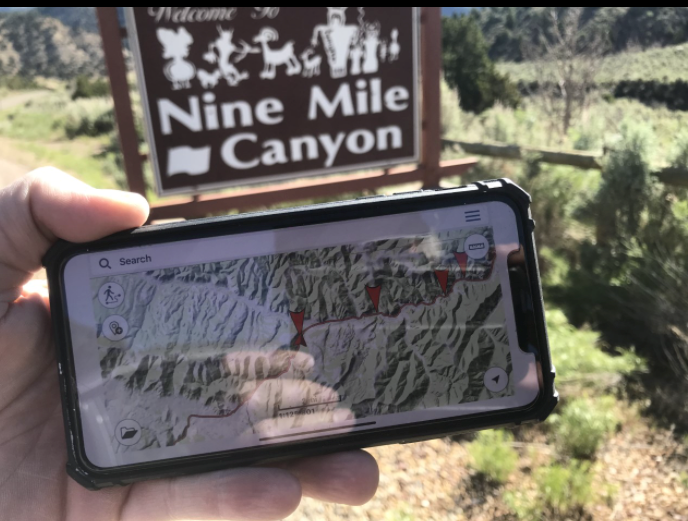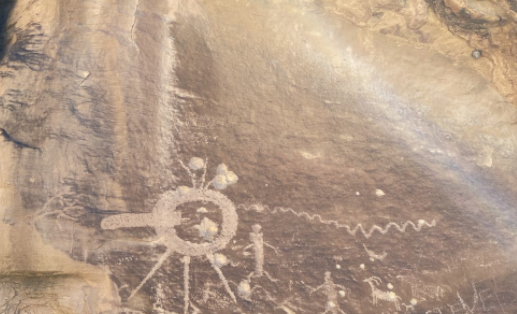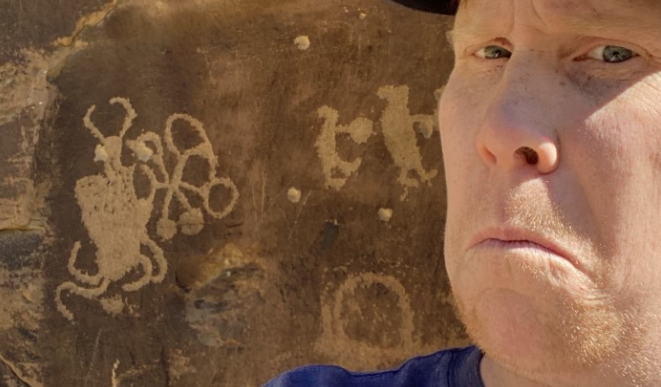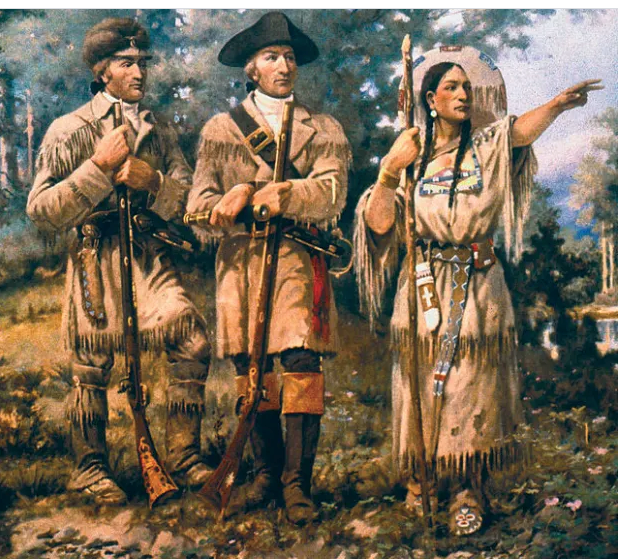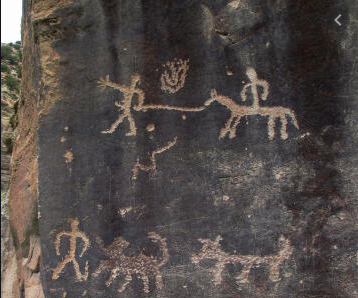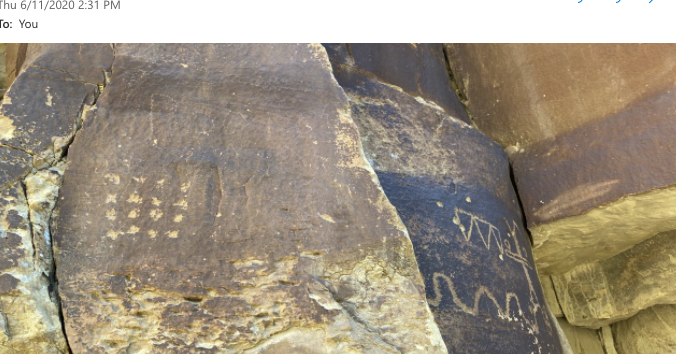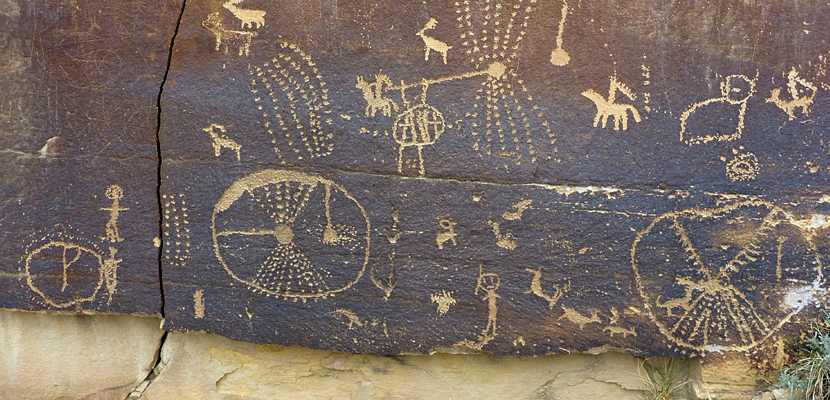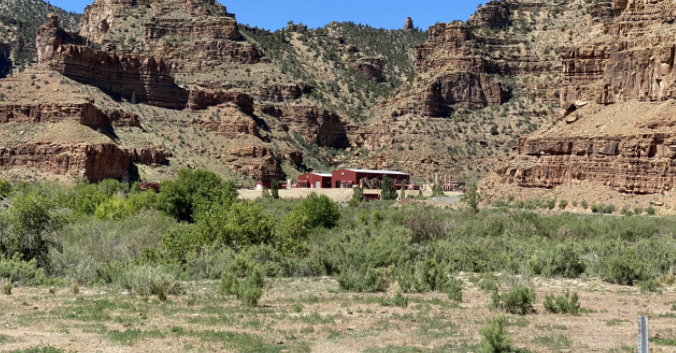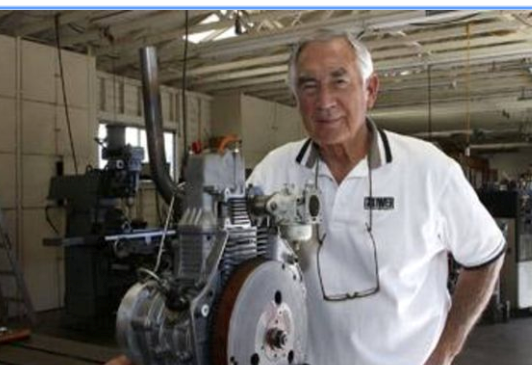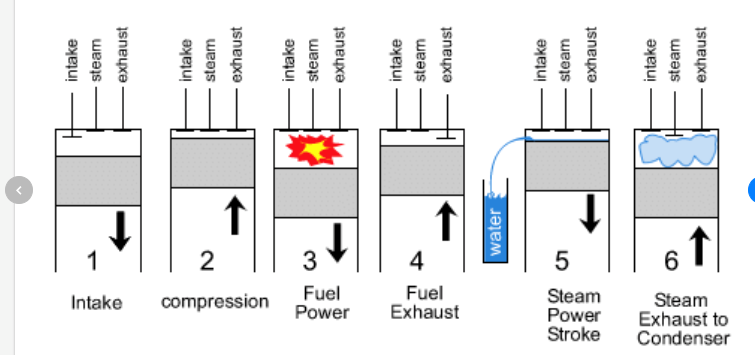He was known in the race world as ‘Hunt the Shunt” for his frequent agricultural excursions.
James Hunt was, of course, a great driver and I got to see him a couple of times. Pete Fiestman and I were the crew for Bob Lazier’s Super Vee in ’76, and we were the warm up race at the Watkins Glen US Grand Prix that year. Hunt qualified on the pole, set fastest lap, won the race, and won the championship at the final race in Canada a week later.
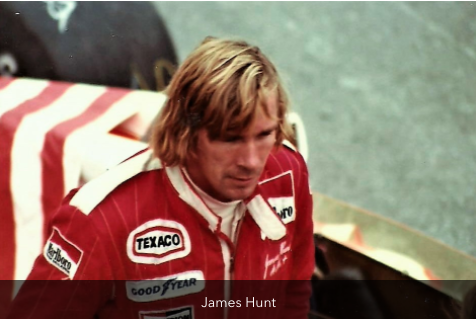
It actually snowed the Sunday morning of the race, and the Super Vees were the first cars on the track. Local “blue laws” kept sporting events from starting until after noon. So we could all get to church I guess. The track was semi-dry by then, but it started to rain toward the end of the race.
Our Lola was exactly one year old that weekend. We had left Carl Haas’ shop at 6 PM Friday before the 1975 race, after a 5-day thrash assembling our brand new baby. We were in line for tech inspection at 9 AM on Saturday. That’s about 700 miles folks, towing a trailer, a fair amount of it on two-lane roads, with gas/pee stops, picking up Bob, and going through race registration.
Fortunately, that was during the energy crisis era and the 55 MPH speed limit. Everyone had radar detectors and CBs, so we knew where “smokey” was, sometimes 200 miles before we saw the warm glow of his radar. The truckers usually wanted to know what we had in the trailer, and we were often put in the rocking chair, in the middle of a dozen or so diesels doing 95 MPH. My handle was Pappa Bear and Pete’s was Snow Flake. As we approached Smokey’s hiding spot, our “convoy” would slow, like gigantic synchronized swimmers, to the double nickel. I can still hear all those jake brakes. Luckily, we had dual gas tanks, a cooler full of food and caffeine, so we stayed “east bound & down.”
We had had a few top 10 finishes before The Glen, but never a win. As the race wound down, and the track got more slippery, Bob’s amazing talent and the years of driving in Vail’s snowy weather started to show. We WON going away! It was my first experience in being actually number one. I had seen a few good efforts, but never a win. Wow, you never get over it.
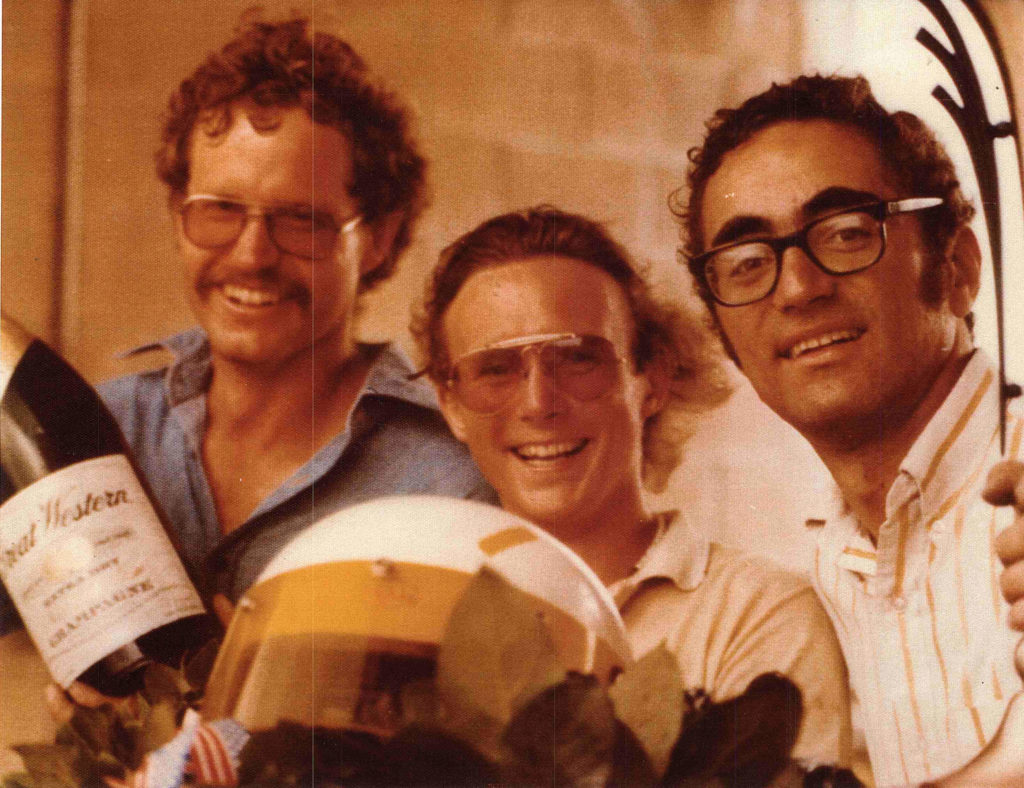
On the podium, we got the requisite trophy, laurel wreath and a double magnum of locally produced champagne. We hurried to pack up the trailer, and watched the two-wide standing start of the F-1 race. That’s the most exciting part in my opinion, especially with the kink at the end of the front straight at The Glen. You can’t get two wide through there, and nobody is willing to give an inch.
After the start, we turned our squeaky AM radio to the race broadcast, and headed for the tiny Elmira airport to get Bob on an airplane. Watkins Glen had, and probably still has, the worst track access in the known world. Trying to funnel 100,000 people out through farm roads meant the first flight out after the Grand Prix was often about half full, in spite of being booked solid and even over booked.
Pete and I decided we would try to get our race engine to the rebuilder’s shop back in Chicago by Monday morning. Hadn’t had enough driving since leaving Vail I guess. As we drove west, letting our trucker friends know of our good fortune, we started to talk about what hopes we had for our little team. Surely we wanted to win the next race, but what after that? Could we hope for a national championship, or maybe move up to a bigger series.
Formula 5000? Maybe something even bigger.
That double magnum champagne bottle proved to be hard to drink out of after it was about half empty (darkness had descended by now) and it was heavy. We were pretty sure real racers drank right out of the bottle, and neither had thought to bring a glass. No matter how low the non-driving drinker bowed his head, the driver-pourer kept bumping the bottom of the bottle into the headliner before much champagne sloshed toward the exit. Somewhere in Indiana (I think) we finally abandoned the vino, it was now warm and flat, and poured the rest out the window. Don’t let anyone ever tell you victory champagne doesn’t taste like heaven though. It was great. I don’t know what happened to the bottle…wish I still had it.
We never could have guessed what that first victory would lead to. We continued to win races, and attracted Montgomery Wards Auto Club as a sponsor. (Remember Monkey Wards?) Not funding the team out of our own pockets made a huge difference. We now had actual uniforms, and we won the Robert Bosch Super Vee Gold Cup National Championship.
Wards found the fledging Auto Club arm of their Signature Division was a substantial profit center. It offered a tire and lube service, some race themed merchandise, a monthly Club magazine, and if you signed up for their credit card you could win a VIP weekend at the track (ka-ching!). They took us to Indy in 1981, where Bob won Series Rookie of the Year.
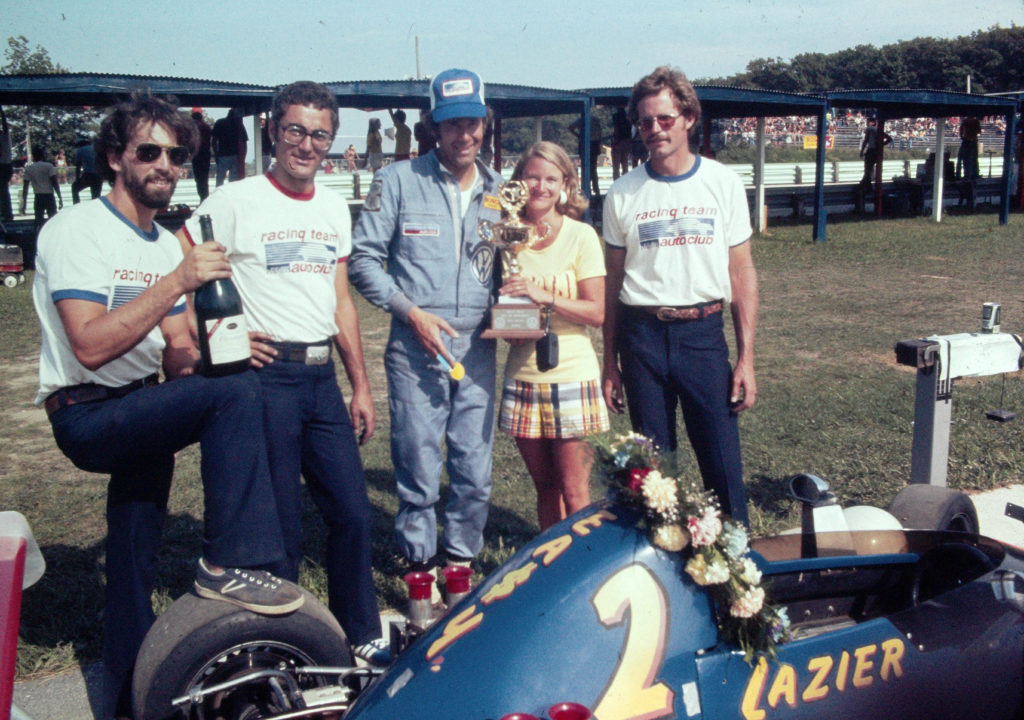
Indy is The Big Show, for sure. A pickup towing a trailer became a fully equipped 18 wheel transporter with professional driver. Crew travel was by commercial aircraft, with driver and sponsor staff on private jets. Cheap motels and a drive through became a custom made Prevost motor coach with driver quarters, and a reception lounge for entertaining potential associate sponsors. A matching Prevost coach had a slide out kitchen that could plate a decent meal about every 60 seconds. A third coach hauled the tent and equipment that seated 200 or so VIP guests…with an open bar. I kept looking around going “Wow.”
When you’re setting up the tool boxes on pit lane the morning of a race, you know everyone there has paid his dues, and you’re pretty sure you are with the best in the world at what you do. Car safety, track safety (there were no pit lane speed limits), and fan safety were just starting to be talked about.
Some people did die for their passion. We were next to Penske Racing on pit lane, and during a stop their fuel hose malfunctioned and resulted in a huge fire. Their car was burned up, along with about 1/2 inch of driver Rick Mears’ nose. After he fire was out, I’m embarrassed to admit my feeling was, “Good, that’s one less son-of-a-bitch we’ll have to pass.”
We had started 13th, in front of some of the biggest names in racing, and were running strong when our Ford Cosworth motor dropped a valve late in the race. We finished 15th, which just about paid expenses.
Indy put the Laziers on the world stage. Bob’s oldest son Buddy won the race in ’96, driving with a spine cracked in 22 places at Phoenix 45 days earlier. Tough guy. He also won the Indy Car Championship in 2000.. Bob’s younger son Jaques has done well, driving for A.J. Foyt and several other teams. The third generation is winning kart races, so we may see the legacy continue.
Somewhere on that dark night, after the victory at The Glen, the seeds were planted for the years to come. Racing in the 70’s had some great talent, some great cars, some real characters, and real risks. We were lucky to see our champagne dreams come true…in spades.


